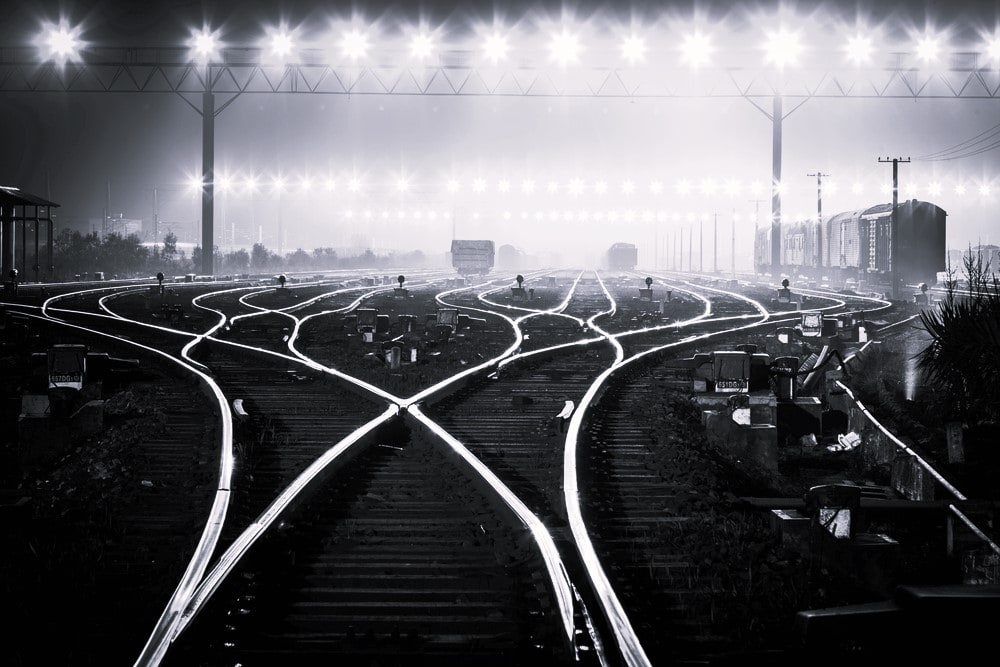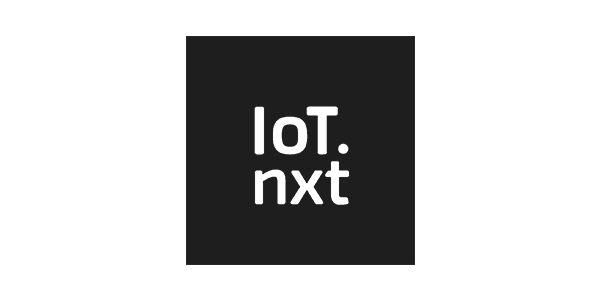Solving city congestion with smart transport
In addition to healthcare, another big theme at the M2M & Connected Devices event was transport, particularly in the context of smart cities. Cities will play a central role in the world’s future growth, but traffic congestion and energy use could limit their potential. This is where smart cities and intelligent transport systems could help.
To discuss these issues, Orange host Samuel Loyson, head of the connected car division, was joined by Francis van Eynde, CEO of Icon, which provides connectivity for public transport, Asdrubal Pichardo, MD EMEA for Streetline, which has developed a parking place sensor system, and Valère Pelletier, head of public transport at Orange smart cities. Brussels was a fitting venue, as it currently tops the world rankings for traffic congestion, according to the INRIX Traffic Scorecard.
According to estimates from the UN, the world’s population will have swelled to a mind-boggling 9 billion in 2050, up from an already massive 7 billion. The bulk of this population growth will happen in cities, reflecting the inexorable urbanization that knows no national borders. This will see the projected urban population grow to 6.3 billion by 2050, over double today’s total of 2.8 billion.
Congestion damages GDP
Increased unplanned urbanization will almost inevitably lead to more congestion as citizens take to cars to find their way around densely populated centers. This can be a massive drain on productivity with the World Bank claiming that congestion already costs Cairo 4% of the city’s GDP.
One of the solutions to this congestion dilemma is to get people out of their cars and onto public transport. Even in large cities, such as Paris, around half of the journeys are done by car, says Loyson from Orange. Technology can help overcome the reluctance that consumers have in getting out of their car – in particular by offering Internet access on the public transit system.
This is something that Icon has done in a number of cities worldwide. “In Nantes, we have installed public Wi-Fi access in buses and we are seeing people get on just to check their email,” says van Eynde of Icon. In France, according to Pelletier from Orange, travelers on Thales trains rate Wi-Fi access as the second most popular benefit after food (this is France after all!).
Improving parking
However, cities will also need to accommodate those that either need to travel in cars or who don’t want to travel on public transport. For these citizens, having effective parking options is essential. Perhaps surprisingly, some 30% of traffic in cities is caused by people looking for a parking place, claims Pichardo from Streetline. In some cities it is even higher – as high as 40% in Palermo, Italy. He added that on average people search for 18 minutes to find a spot.
Streetline has developed a system that uses sensors in the street and infrastructure around the city to detect where parking is available and makes this information available for drivers. This can be combined with public transport to create hubs with parking to get drivers out of their cars. “In Washington DC, drivers can see in real time if there is parking available in the train station, which encourages them to use the train to travel downtown,” says Pichardo.
Building the business model
Because cities are very complex environments, the business model is very varied. “We learned early on that you can’t sell technology or boxes, because there is shared responsibilities and silos that address different areas,” says van Eynde of Icon. “So we moved away from capex to a rental model.”
The business model could be anything from using Internet access as a differentiator for a long-distance coach operator – who could charge travelers. Alternatively the cost could be borne by the city as a way to encourage people onto public transport.
A nice side benefit of smart infrastructure is that the sensors that have been installed for one application can be also be used for another. For example, Pichardo points out that the parking sensors can also be used to detect real-time street temperatures, which tell cities whether to send snow ploughs out or not.
So what would get you out of the car and onto public transport in the morning commute? Is Internet access enough?
This blog appeared first on the Enterprising Business blog from Orange Business Services.

![Create the ideal white paper in eight weeks [infographic]](https://www.futuritymedia.com/wp-content/uploads/2020/02/Futurity-Whitepaper-Timeline-Graphic-v6-header.jpg)

![New to ABM? Follow these 5 steps to drive complex sales [UPDATED]](https://www.futuritymedia.com/wp-content/uploads/2023/04/shutterstock_1225782988.jpg)



















